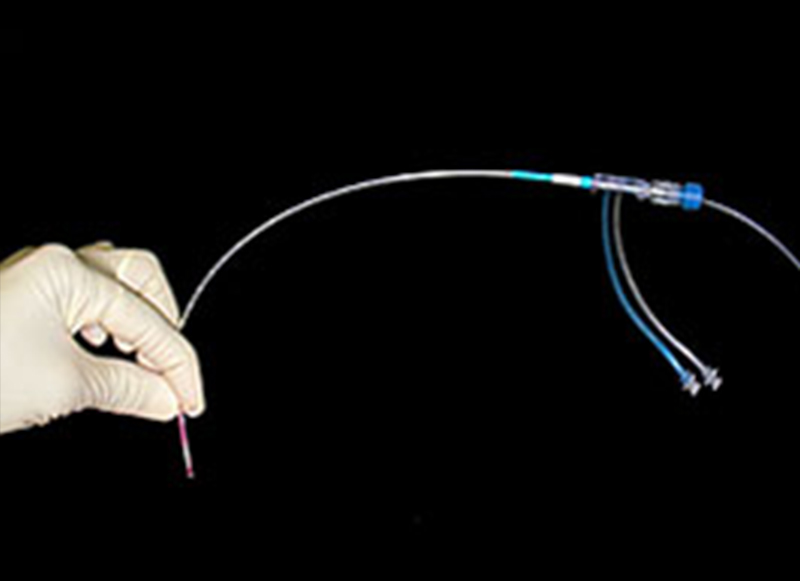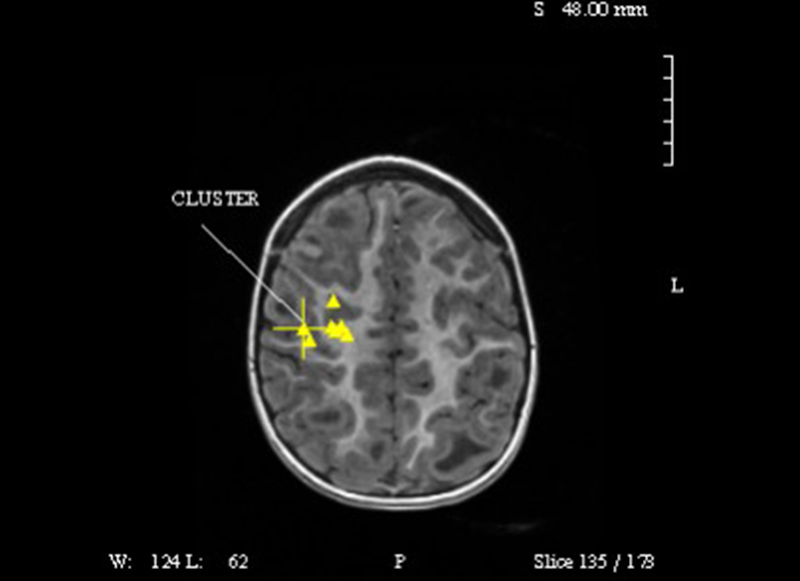Dilantin®
Generic Name: Phenytoin Suspension

Infatabs® 50mg

Kapseals® 30mg

Kapseals® 50mg
Dilantin (Di-LAN-tin) was developed in 1938 as the first modern antiepileptic drug and has been used ever since as first line therapy for partial and generalized tonic clonic seizures. It is not effective against myoclonic, atonic (drop attacks) and absence seizures. Dilantin is generally given as capsules or chewable tablets, usually once or twice a day. A related product (Cerebyx – fosphenytoin) is available for intramuscular and intravenous use against status epilepticus (non-stop seizures), replacing the previous formulation.
Dilantin is metabolized (processed) in the liver. It interacts with a number of other antiepileptic drugs and other drugs, including oral contraceptives, Coumadin, quinidine, vitamin D and folic acid. At high doses, a small additional dose or slightly lower dose produces disproportionately large changes in blood levels, with consequent seizures (when levels drop) or increased side effects (when levels rise abruptly). At high levels, short term side effects such as difficulty in concentration, slow motor speed, unsteadiness, double vision, nausea and drowsiness may occur. Seizures may also increase. Longer term side effects include gum overgrowth (gingival hyperplasia), excessive hairiness (hirsutism), thickening of facial features, nystagmus, rash and folate deficiency. Rare reactions include serious rash, bone marrow suppression and effects on the lymph system and a lupus like syndrome. Safety in pregnancy has not been established. Women who are taking this medication and who wish to become pregnant should discuss treatment options with their physicians before the pregnancy begins.
Not everyone experiences side effects. There may be other side effects not appearing above. For a complete list, consult your doctor, nurse, or pharmacist. More detailed sources of information on side effects include the drug’s prescribing information sheet, the Physician’s Desk Reference, or pharmaceutical company which produces the drug.
Link to product information here.
© 2010 Pfizer Inc. All rights reserved. Used with Permission.

